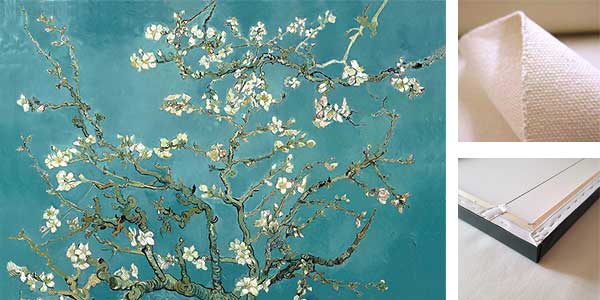
Still Life by Georg Flegel was created in 1600 – 1610. The painting is in Alte Pinakothek München. The size of the work is 22 x 28 cm and is made of oil on wood.
Together with the wilting carnation, the voracious mouse symbolising death and destruction reminds us of the transience of life and earthly goods. As a symbol of Mary and the divine word, the eloquent parrot warns us not to succumb to earthly temptations.
About the Artist
Georg Flegel (1566 – 23 March 1638) was a German painter, best known for his still-life works. Flegel was born in Olmütz (Olomouc), Moravia. Around 1580 he moved to Vienna, where he worked as an assistant to Lucas van Valckenborch, a painter and draughtsman.[citation needed] Flegel was pupil of Lucas van Valckenborch in Linz from 1582 till 1592.
Flegel later moved to Frankfurt, which at the time was an important art-dealing city. As an assistant, he inserted items such as fruit, flowers, and table utensils into Valckenborch’s works. He is probably the same person Kramm found in Utrecht as ‘juriaen vlegel, Constschilder.’ in the “Protokol” of the notary (or real estate agent) Verduyn, noted as “Acte van 21 Maart, 1616”. If so, then he probably moved there because of the new Utrecht Guild of St. Luke and probably knew other still-life painters active there in that period, such as Roelandt Savery (who had made a trip to Tyrol) and Balthasar van der Ast. Read more in Wikipedia
Order a reproduction of this work (printed on canvas)
